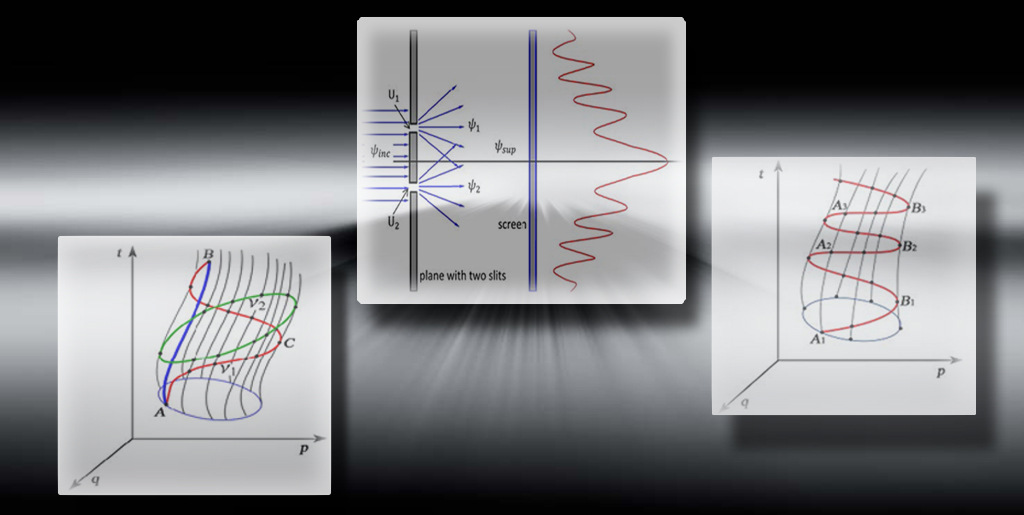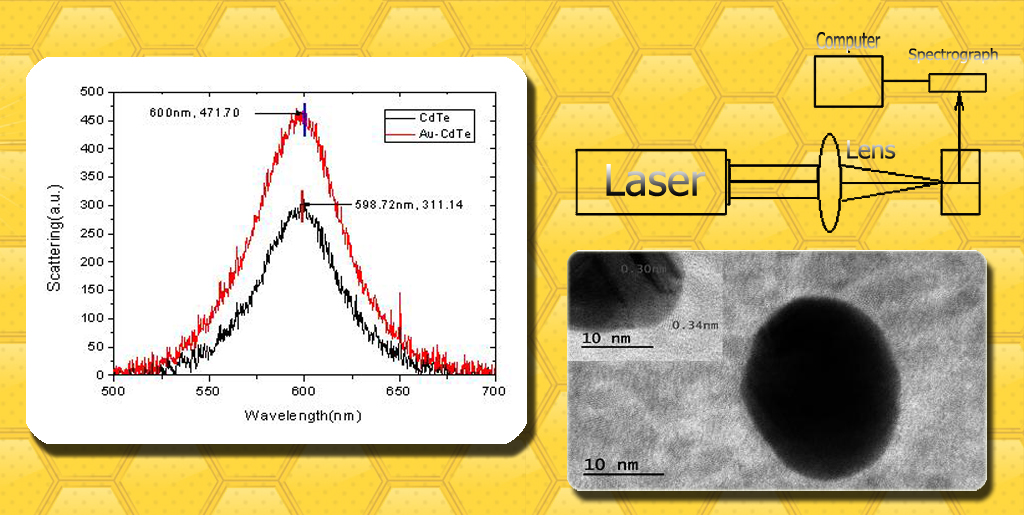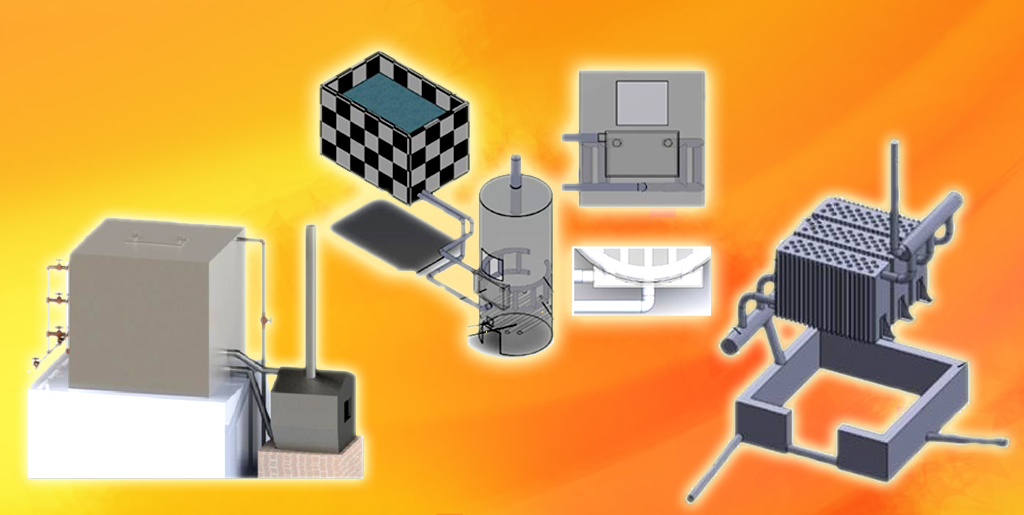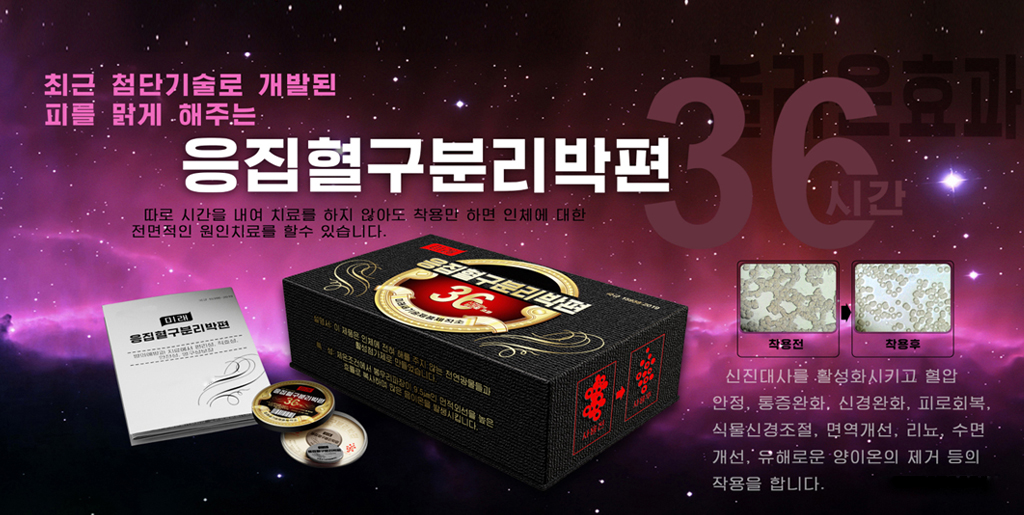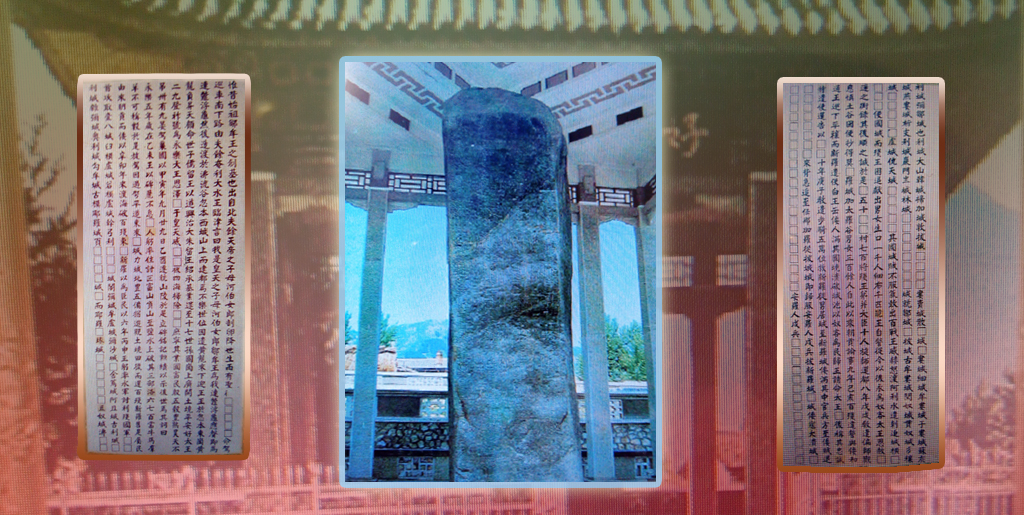Jo Jul 4, 2025
Multistage centrifugal pumps are commonly-used pieces of turbomachinery for applications with high head and flow duty requirements. So, the improvement of their technological indexes is greatly significant for saving energy, ensuring production and raising economic benefit.
Since the axial force in high-pressure multistage pumps reaches tens of tons, it is essential to balance hydraulic axial thrust. Even then, an axial bearing is required; and its size depends largely on the prediction accuracy of axial thrust and on the type of the balancing device. Therefore, the size of bearings and the axial thrust balance systems of multistage pumps are frequently determined on the basis of axial force measurements carried out on each particular type and hydraulic pressure of pumps.
In general, balancing devices are used for balancing the axial thrust acting on the rotors of multistage centrifugal pumps. Balancing devices create forces that oppose the axial thrust generated by the impellers. When dimensioned correctly, balancing devices are able to completely balance the axial thrust, so the required pressure automatically builds up in the radial gap due to an axial displacement of the rotor. Therefore, the axial clearance at the device depends on the axial force acting on the rotor, i.e. on the operation point of the pump.
Balancing devices have two gaps: a radial gap and an axial clearance. The mutual coupling of these two gaps allows automatic balancing of the axial force. According to the variation of operation point of a centrifugal pump, the axial thrust changes. The rotor moves left and right in the axial direction to be in a new equilibrium state, when the axial clearance changes with the movement.
If the axial displacement of the rotor is too large, the balancing device may contact with the casing to cause wear. Thus, the rotor vibrates and the stability of operation is destroyed. Therefore, when balancing device is designed, even small axial displacement must yield large changes in the balancing force. In previous studies, this performance was estimated by sensitivity coefficient.
Sensitivity factor represents the variation of balancing force according to the pressure distribution in front and rear shrouds of impeller, but does not represent variation of balancing force when a rotor moves. Therefore, it can be more correct to estimate the automatic balancing ability of a balancing device by the parameter representing the variation of balancing force when a rotor moves a unit length.
Han Pok Nam, an institute head at the Faculty of Mechanical Science and Technology, has decided leakage through radial and axial clearance, pressure difference and balancing force based on the theoretical analysis of the gap flow of a balancing device. Then, he has defined a new concept of stiffness coefficient and analyzed the relationship between stiffness coefficient and geometrical parameters.
Thus, he has found that the stiffness coefficient decreases with too large or too small sensitivity coefficient, and a reasonable sensitivity coefficient should be chosen around 0.5.
...
Jo Jul 3, 2025
It is well known that TEA-CO2 laser is a kind of high-power laser with enough pulse peak output, and study on TEA-CO2 laser has been consistently conducted for a long period of time. The design of electrode structure, which emits field electrons in TEA-CO2 laser, is a question of finding an effective method for increasing laser power by raising the emission efficiency of field electrons and their utilization.
In practice, the tips of cold-cathode are made in the shape of a needle or a blade. Such tips emit field electrons at low discharge voltage by raising the amplification degree of electric field. When the electric field strength at the tips is too high, the lifetime of tips will be shortened owing to the cathode sputtering. The field electron generator that contains cold-cathode provides high vacuum of 10-4Pa.
The Marx generator supplies electric power to the generator of field electrons. Here, such geometric parameters as the height and basal width of tips and the size of anode cells are all related to the amplification degree of electric field. The electric field strength at the tips is affected by not only the shape and size of each tip but also their arrangement. When high voltage is applied to the cathode, the existent electric fields in the vicinity of the tips interact with each other, which obviously influences the electric field strength at the tips.
Pak Sin Hyok, a researcher at the Institute of Nano Science and Technology, has designed an electrode structure of cold cathode and grid anode with a high amplification degree of electric field strength at the tip, in consideration of the tip’s parameters, the arrangement of electrode structure, etc.
He designed the tips as a triangle, and simulated the electric field in the discharge region by the COMSOL Multiphysics software while changing the size and array interstice of tips and the dimension of grid anode corresponding to the tips. On this basis, he found out the optimum design parameters of electrode for raising the amplification degree of electric field strength at a tip to the maximum.
The simulation result shows that the optimum interstice of tips that provides the maximum amplification degree of electric field was 8mm, and the amplification degree of electric field strength was 1.2.
...
Jo Jul 1, 2025
July is the hottest month of the year.
The seasonal divisions in July include Soso and Taeso.
Soso means the gradual beginning of hot weather. It falls on early June by the lunar calendar that falls on 6th-8th of July by the solar calendar.
Taeso means the spell of the hottest weather. It falls on late June by the lunar calendar that falls on 22nd-23rd of July by the solar calendar.
Around Soso and Taeso, all kinds of cereals and fruits grow exceptionally fast. Therefore, frequent weeding and good care of the crops at this time of year guarantees bumper harvest.
July has early dog days and mid dog days. They are two of the three dog days, the hottest period of the year.
Our people have cooked several kinds of dishes at this time of year. They include tangogi soup (dog meat soup) and samgyetang (insam-chicken soup), etc., among which tangogi soup is a distinctive national dish preferred by our people during the summer heat. “Tongguksesigi”, compiled before 1849, says that tangogi soup was known across the country as the best dish during the summer heat. In general, both the early and mid dog days last ten days each. There is also a year where the mid dog days last twenty days, which is said to have the prolongation of the late dog-day period.
Our people have regarded eating hot tangogi soup mixed with boiled millet or white rice in a sweat as the best invigoration. Therefore, tangogi soup was widely known as a nourishing soup that stimulates the appetite lost by the summer heat and provides nutrients to the weak constitution.
The folk games enjoyed by our people in July are koni game and ball-throwing.
...
Jo Jun 27, 2025
Graphene has extraordinary mechanical strength and excellent thermal and electrical conductivity. With these merits, graphene has been an ideal reinforcement for high-performance metal matrix composites, attracting a great deal of attention.
In particular, graphene-reinforced Al matrix composites (AMCs) are superior to Cu-based composites and other various Al alloys due to their advantages such as high strength, high conductivity, light weight and low cost. In accordance with the desired terms, the optimal properties of graphene-reinforced AMCs are obtained by manipulating the content and dispersion of graphene layers. However, it still remains difficult to determine the optimal content and realize the uniform dispersion of graphene in the Al metal matrix.
Jon Sin Hyok, a researcher at the Faculty of Materials Science and Technology, in cooperation with some other researchers, has conducted a first-principles study of the interface binding nature, mechanical strength, and electronic properties of aluminum/graphene (Al/G) composites, using superlattice models with varying graphene content.
Their calculations have revealed the weak binding between Al and graphene layers with no new chemical bonding at the interface and the gradual decrease in binding strength with increasing graphene content.
You can find the details in his paper “Influence of interposed graphene sheets on mechanical and electronic properties of Al/graphene superlattice” in “Applied Physics Letters” (SCI).
...
Jo Jun 26, 2025
Accurate determination of blood glucose concentration has a great significance in the prevention and treatment of diabetes as well as in the food processing and fermentation.
Glucose oxidase (GOx) modified electrodes play an important role in blood glucose detection by electrochemical methods. Enzyme-based sensors have disadvantages such as low enzyme stability and complicated immobilization.
To eliminate these disadvantages, non-enzymatic sensors with metal and metal oxide nanoparticles have been used. However, these sensors have some disadvantages such as poor sensitivity and selectivity and low catalytic activity. Some researchers eliminated these disadvantages by decorating the metal / metal oxide nanostructures on active carbon supports including carbon nanotubes (CNTs), graphene, etc.
Fe3O4 MNPs with good magnetic property are widely used for electrochemical biosensors and, in particular, they are also used for glucose detection as a direct non-enzymatic biosensor with no glucose oxidase.
Pak Wi Song, a section head at the Faculty of Chemical Engineering, has prepared an electrochemical sensing platform for glucose sensing by magnetic loading of Fe3O4/GO nanocomposites on graphite-epoxy composite electrode (GECE).
He characterized the Fe3O4/GO/GECE modified electrode by scanning electron microscopy (SEM), X-ray diffraction analysis (XRD) and cyclic voltammetry (CV).
The fabricated biosensor exhibited excellent electrocatalytic activity. The linear range for glucose is from 0.5 to 6.5mM with the detection limit of 268.5μM (S/N =3) and the sensitivity of 63.5mA/mM.
For more information, please refer to his paper “Magnetic Fe3O4/GO nanocomposite-modified graphite-epoxy composite electrode for high-performance glucose sensing” in “International Journal of Electrochemical Science” (SCI).
...
Jo Jun 24, 2025
Thermoelectric phenomenon is a physical process in which electric current flows by heat diffusion when there exists a temperature gradient in thermoelectric materials such as conductors or semiconductors. Therefore, it is very important to enhance the thermoelectric performance of corresponding material in thermoelectric applications. The performance of thermoelectric material describes how much thermal energy can be directly converted into electrical energy.
Thus, semiconductors whose electrical conductivity and Seebeck coefficient are between conductors and insulators were used in thermoelectric applications. In general, as electrical conductivity and thermal conductivity are proportional to the concentration of carriers such as electrons and phonons, the better the electrical conductivity of material is, the better its thermal conductivity is. However, it is difficult to obtain materials with both high electrical conductivity and low thermal conductivity. Fortunately, the idea that thermal conductivity can be reduced by high entropy design has attracted a great deal of interest of researchers who were making efforts to develop high entropy materials (HEMs) with good thermoelectric property.
Pang Chol Ho, a researcher at the Faculty of Materials Science and Technology, has newly developed an improved residual error non-homogeneous grey model and estimated the thermoelectric performance parameters of high entropy materials (HEMs) using this model.
Firstly, by combining the non-homogeneous grey model, residual error processing method and Markov model, he improved the forecasting accuracy of the model.
Secondly, he performed a comparative analysis of several HEMs using the proposed IRENHGM (1, 1) model and other grey models. The results showed that the Mean Absolute Percentage Error (MAPE) value of the proposed model is less than 0.02, which is the highest in the forecasting accuracy.
For more details, you can refer to his paper “Estimating the Thermoelectric Performance Parameters of High Entropy Materials by the Improved Residual Error Non-homogeneous Grey Model(1, 1)” in “The Journal of Grey System” (SCI).
...


